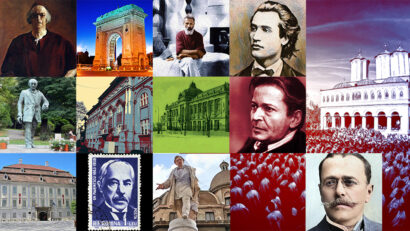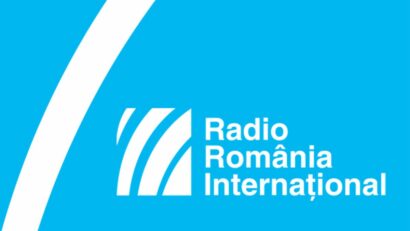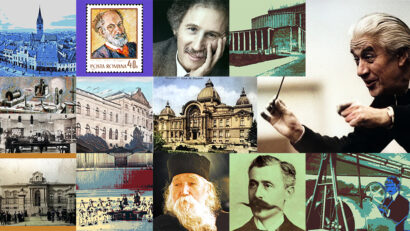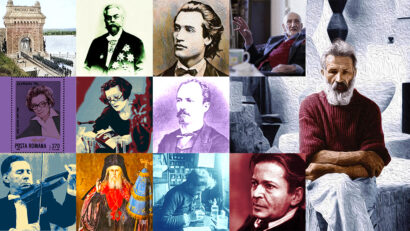The Sturdza Palace in Miroslava
Miroslava is home to a host of ethnographic and architectural treasures.
Christine Leșcu, 08.04.2017, 14:46
Located in south-eastern Romania near Iasi, the former capital of Moldavia, and close to the country’s eastern border, the commune of Miroslava, with its 13 different villages, is home to a host of ethnographic and architectural treasures, not to mention natural beauties. Wooden churches from the 18th and 19th centuries, ruins of Neolithic settlements and picturesque hills are to be found within a short distance from each other.
The wooden church in Vorovesti, for example, which dates from 1768, has a stone foundation and is built entirely out of oak beams covered in clay. The church’s altar screen is made of linden tree wood, while its icons were painted in 1918. Another wooden church nearby, dating from 1806, is the Saint Nicholas Church in Ciurbesti. Declared a historical monument in 1928, this church is like a museum, containing many religious artefacts from the 19th century.
The Sturdza Palace is perhaps the main attraction in the area and is now regarded not only as an important monument of architecture, but also a cultural and educational institution. With its architecture typical of boyar residences from the end of the 18th century and the beginning of the 19th century, the palace is home to the Ethnographic Museum of Agriculture and the library of the agricultural high school in Miroslava.
Stefan Susai, the director of the Tourist Information Centre in Miroslava, tells us more about the history of this building: “The palace was built at the end of the 18th century by the boyar Teodor Bals. Over the following centuries, the palace in Miroslava was owned by the families Bals, Mavrocordat, Beldiman and Sturdza. Exactly 100 years ago, during the war, the palace was visited by Queen Marie. Back then the palace was the property of Princess Olga Sturdza. Princess Sturdza was the daughter of Prince Alexandru Mavrocordat and Lucia Cantacuzino-Paşcanu. In 1917, on the premises of the Mirosalva Palace she opened the Princess Olga Mavrocordat-Sturdza Orphanage. Two years later, on September 1st, 1919, it was also here that the Higher Agricultural School in our commune was opened, having more than 200 hectares of farmland. In 1831 the Institute for Noblemen’s Sons was opened in the palace, actually the first agricultural school with Romanian-teaching. Mihail Kogalnicanu was a graduate of its first class, he is the one who also gave the name of the agricultural high-school which still exists in our commune.”
To this day, the Sturdza Palace has also retained its educational role since it plays host not only to the library of the agricultural high-school but also to an ethnographic museum whose collections were put together with the help of the pupils, and, by all means, for them. The museum was inaugurated in 1980.
Speaking about the circumstances of its opening, here is Stefan Susai once again: “There was a time during the communist regime when the palace housed pupils’ dormitories. One of the former high-school principals sought to accommodate the pupils somewhere else, in order to protect the building and open a museum on the premises. All the items we now find in the Agricultural Ethnographic Museum have been collected from the 13 villages of the Miroslava Commune. Throughout the years, pupils brought whatever had been left in their households, items that were no longer used. Those items found a very important place in the museum. We have farming tools, specific traditional apparel: a great many richly-embroidered blouses, sheepskin coats, leather waist belts and peasant footwear. We have period photographs, old pupils’ notebooks and many pottery items.”
At present, the Sturdza Palace in Miroslava is considered a historical monument of local interest, and the authorities are trying to upgrade its status, so that the palace may become, just as it deserves, a historical monument of national interest.

